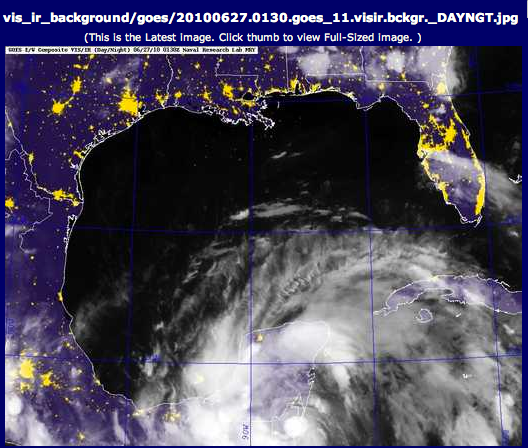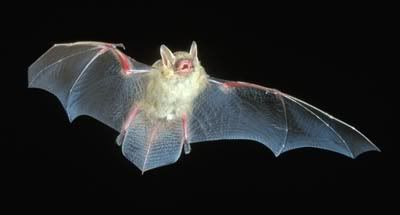The remainder of the title would not fit: “The destruction of language in politics”. The series this is a part of has the labels:Anti-capitalist meet-up and anti-capitalism. No better a way to introduce my topic. Those are “buzz words” and have been around for a very long time. What do they mean? I would guess that the vast majority of the people who use these words along with “communism”, “socialism”, “democracy” , “freedom”, liberty”and many others have no real idea what they are talking about. Political exchanges are the “good guys” and the “bad guys” just like in our Western movies. But many of us are more sophisticated or at least we think we are. Read the diaries here and you will be able to see what I am getting at. Language is a very interesting thing. We have dictionaries and now the Google and Wikipedia sources for word meanings. The technology is racing ahead faster than we can comprehend. Umberto Eco calls it the modern magic. We use it like magic not really knowing how it works or where it originates. This diary is meant to blow your mind. It comes from the strange creature I am, a hybrid between scientist (but very unconventional), political activist (but very radical and unconventional) and citizen of the world rather than of a Nation. Oh yes I am an American citizen because that’s the way things have to be at this point in time. It will change, but I will be dead. When I die I cease to exist. I am 76 now. If I haven’t turned you off yet read on below. I hope to shock you.
Tag: nature
Jun 28 2010
Wathen: BP Slick Covers Dolphins & Whales, Video + text
Warning. Heartbreaking.
BP Oil Slick Covers Dolphins and Whales, by hccreekkeeper, John L Wathen. June 21, 2010.
BP slick Covers Dolphins and Whales.mov
http://www.youtube.com/watch?v…
video by hccreekkeeper aka John L Wathen , with Tom Hutchins of SouthWings, flight pilot, and author Roger David Helbar (author of Saved By the Sea, A love story with fish) who on June 21 2010 flew over the Gulf to find the source of the BP slick
My imperfect transcript. (not exact, few words skipped. minute numbers added for reference)
“It didn’t take long after leaving the shore, to find our first oil.In the mouth of Mobile Bay, there were patches of light sheen seen behind the islands. oil you couldn’t see it from the beach but
there was a solid mass of oil
on previous flights all, behind safeway ? island, we’d seen was light sheen
now it was turning into the darker pink mass,…. the farther out into the Gulf we got, the more consistent it became
at 17 mile out it was obvious the entire Gulf was covered at this point. there was no more clean water. heavy layers of oil covered the entire horizon
as far as you could see
the bands were getting thicker
at 23 miles out we encountered the heaviest sheen yet, the dark pink and purple
it was obvious this was coming to our beaches there was nothing we could do about it
at 23 mi out, we encountered the heaviest sheen yet, the water there was a deep purple maroon blue, it looked almost like a rainbow, boats on the surface looked tiny on the compared to the horizon
the scope of this is beyond belief.
Jun 27 2010
Hurricanes to Shut Down Oil Gather 10 days each, and Baby Dolphins Cry
It is hurricane season in the Northern Atlantic Ocean.
When the storm winds hit a mere 40 mph, the “floating city” of BP’s oil collection and flare off ships in the Gulf of Mexico has to shut down. They need 4 days in advance to do this, and find safe harbor. This is according to Admiral Thad Allen. They will need 4 days to set back up. The total number of days that the oil from the wreck of the Deepwater Horizon can spill freely into the Gulf during a short, 2 day tropical storm, is therefore 10 days.
http://www.theoildrum.com/node…
Guess what.
This is Alex.
Alex is a tropical storm.
By Tuesday, Alex could be a hurricane.
Alex is heading west right now.
Alex could then swing north.
Jun 04 2010
Birds Are Not Supposed To Look Like This
See this link:
birds are not supposed to look like this
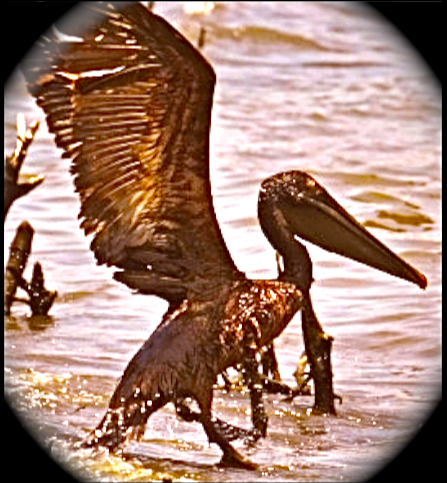
this was May 24th. An oiled Pelican is left behind as her friends fly off in the Louisiana marshes nesting grounds.
May 29 2010
Save the Bronx Zoo Today
Cross-posted at DailyKos.
What a difference a year makes. About a year ago in my extremely popular The Animals are Getting the Pink Slip (A Bronx Zoo photo and action diary) this is what big sister Moxie looked like;
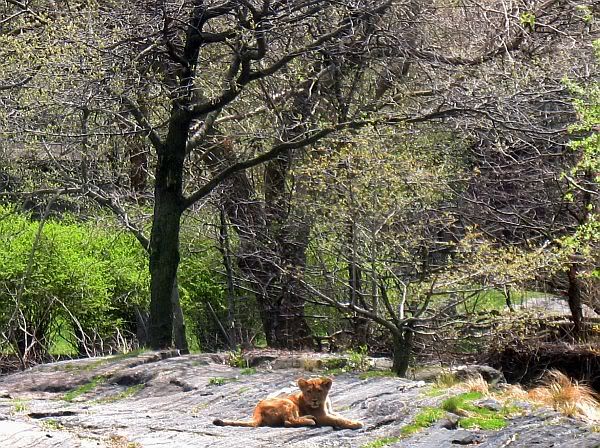
Yesterday I took my camera to see the three new lion cubs at the Bronx Zoo. The diary is called Friday Evening Photo Blogging: Lion Cubs Today! I can hardly tell Moxie and her mama Sukari apart but I got some great photos of Moxie playing loving sister to three 25 pound cubs. Now the stars of the zoo are Nala, Adamma and Shani;
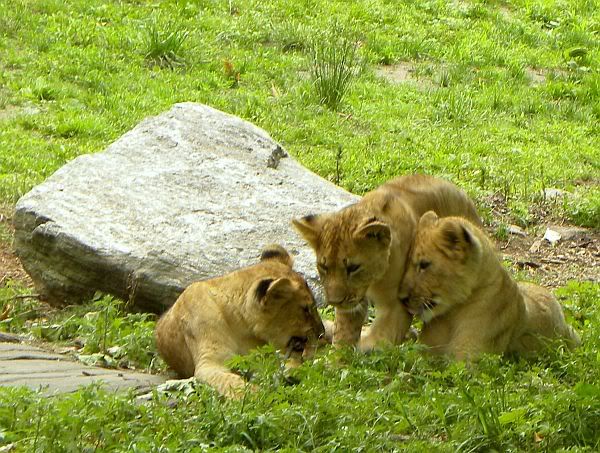
What hasn’t changed is that both Bloomberg and Paterson are still screwing the zoo and many cultural institutions. This year much harder than last.
See below for what actions we the people have left.
May 22 2010
Friday Evening Photo Blogging: Wave Hill Edition
This diary is for curmudgeon who asked in last week’s post of FEPB “are there other gardens that you’d include in a must-see list for visitors to your fair city?” As a matter of fact there is.
A few here who enjoy my flower fluff from the New York Botanical Garden might be surprised to learn that I live just a couple of blocks from another Botanical Garden. Wave Hill has a view that is similar to my many sunset diaries. Wave Hill is a truly fascinating legacy and this is a good time to remember some American who once held a deep respect for nature.

The Wave Hill grounds were not opened to the public until 1960 but before becoming the newcomer to public gardens, this New York City oasis had a long and very rich history as a private garden. The perfect location, rolling hills down to the Hudson River and vistas of the Palisades also holds two historic houses. Wave Hill was once the residence of “Darwin’s Bulldog” Thomas Henry Huxley and Theodore Roosevelt spent summers there in his teen years. Both Mark Twain and Arturo Toscanini lived and were inspired by the sights and sounds of Wave Hill.
Below are some photos from this spring at Wave Hill and a few little stories about this New York City respite that seems so far from New York City.
May 09 2010
Changing Seasons: Van Cortlandt Park Photos
Cross-posted at Firefly and deleted from DailyKos.
I have posted fourteen Van Cortlandt Park photo diaries at DKos and a few might think I’m posting photos over and over. These photos from yesterday may look the same but sadly after a harsh winter there are many trees missing from my favorite walk.
But my favorite for photos and probably the most abused tree in the park still stands. This is Van Cortlandt Park (last stop on the Broadway local) in transition from spring to summer.

I had not taken my lakeside walk and forest stroll there for over two weeks, a long time for me. Surprised by how rapidly the transition from spring to summer views occurred the forest is shady and the last of spring flowers can be seen floating on the surface of the lake. Everything went so green and lush so quickly.
Below the fold is another photo walking tour of my favorite slice of nature in New York City. Just a walk in the park.
Feb 18 2010
Winter Photos from the Bronx Zoo.
I’m so burnt out of anything political to say but I still take plenty of pictures. I tried to restart Friday Evening Photoblogging a few weeks back at DailyKos and this is a repost. I’m going to post last week’s here tomorrow because it relates to this weeks and continue the series here on Friday night. I hope you enjoy these pictures.
Have you ever gone to a zoo in midwinter? This diary is a selection of of photos from a three hour trip to the Zoo on a sunny winter day.
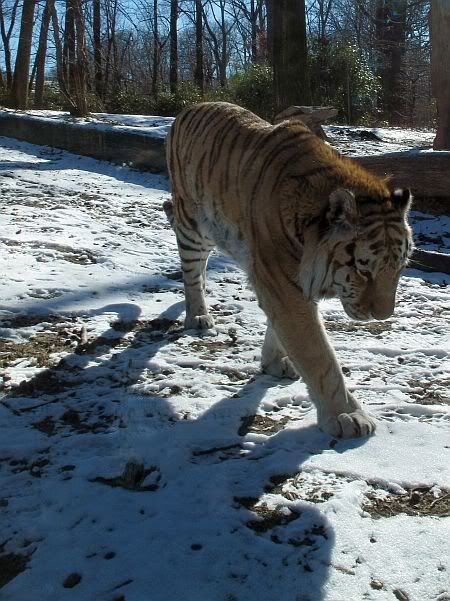
I could tell you a winter’s tale or two about going to the zoo. I think it is the best time for both interaction with animals and photographic opportunities.
This is not my first Bronx Zoo diary. My point about a winter visit can be made by comparing the photos in that collection from about twenty visits to the zoo and these from a three hour tour.
Dec 18 2009
Dying Bats: More Bad, Frightening News
When I first moved to Columbia County, New York, about 25 miles southeast of Albany, in the foothills of the Berkshires, evening sunsets were spectacular. And there were dozens of bats zooming through the dim light feasting on insects. There were two primary kinds of bats: big brown bats ones and little brown bats. I considered putting up a bat house, but never did. The bats seemed to be thriving quite well without one, thank you. But in the summer of 2007 I began to notice that there were fewer bats. And in summer, 2008 even fewer. And this past summer hardly any. What I was witnessing was the bat population dying out. It was being ravaged by disease.
Today, the Times Union brought the details of this bad news about the bats:
Dec 17 2009
Water Covered Earth-Like Planet Discovered
The science journal Nature reported in a study published Wednesday that a new Earth-like planet that is larger than Earth and appearing to be more than half covered with water, and possibly with conditions allowing the existence of life, has been discovered by graduate student Zachory Berta, a co-author on the paper submitted to Nature with David Charbonneau, head of the MEarth Project of the Harvard-Smithsonian Center for Astrophysics (CfA), a joint collaboration between the Smithsonian Astrophysical Observatory and the Harvard College Observatory.
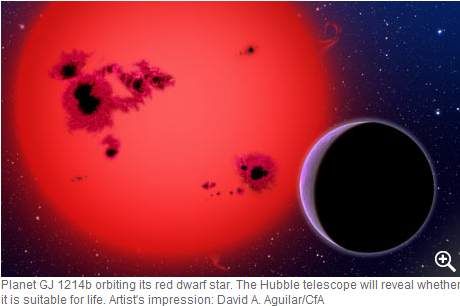 The UK’s Guardian has the story:
The UK’s Guardian has the story:
A giant waterworld that is wet to its core has been spotted in orbit around a dim but not too distant star, improving the odds that habitable planets may exist in our cosmic neighbourhood.
The planet is nearly three times as large as Earth and made almost entirely of water, forming a global ocean more than 15,000km deep.
Astronomers detected the alien world as it passed in front of its sun, a red dwarf star 40 light years away in a constellation called Ophiuchus, after the Greek for “snake holder”.
The discovery, made with a network of amateur telescopes, is being hailed as a major step forward in the search for planets beyond our solar system that are hospitable to life as we know it.
[snip]
The latest planet is only a stone’s throw away in astronomical terms, meaning scientists will be able to turn the Hubble Space Telescope towards it and analyse its atmosphere, potentially revealing signs of life. Charbonneau’s team has already requested time on the space telescope.
“Using the Hubble, we can look at the atmosphere and say not only whether it’s habitable, but whether it’s inhabited,” Charbonneau told the Guardian. “If we find oxygen in the atmosphere things will get really interesting, because on Earth all the oxygen in the atmosphere comes from life.”
Jun 06 2009
Action Alert in Pennsylvania: They’ll take my state parks from my cold, dead hands!
I apologize for the short and rushed essay, but I really want you to take action (something anyone can easily do) on this issue that is near and dear to me.
The Pennsylvania Senate’s proposed budget, SB 850, would cut the Department of Conservation and Natural Resource’s budget so much that they might have to close about 35 state parks. With 117 state parks in PA, that’s a huge chunk, and chances are there would be a state park near you closing if you live in Pennsylvania.
Go below the fold to see how you can take action.
May 02 2009
Why 137?
I’ve decided that I want to write about physics for a while…
I’ll get started by explaining my username. Well, the r and the b aren’t very exciting (they’re my initials), but the 137 represents a story about one of the fundamental constants in the universe: the Fine Structure Constant. The story, though, has to do with the way people tend to think about science.

